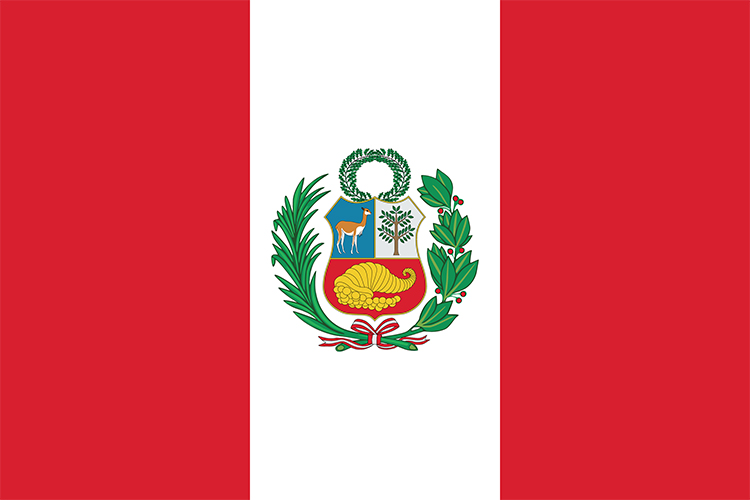About 8 million people in Andean South America speak one of the many dialects of the Native American language Quechua. Quechua, or Runa Simi as it is called by its speakers, is commonly heard in Peru and in parts of Argentina, Bolivia, Chile, Colombia, and Ecuador. Spanish is the official language of these nations, but Quechua has equal status in Peru. Quechua descends from the dominant tribal groups of the Inca empire. More than a quarter of Peru’s population speaks Quechua. In Bolivia, there are more people who speak Quechua than speak Spanish.
Quechua originated as the language spoken by the Inca. The Inca were a native South American people who ruled one of the largest and richest empires in the Americas. The Inca empire emerged in the early A.D. 1400’s and occupied a vast region centered around the capital of Cusco, in modern-day southern Peru. The empire extended over 2,500 miles (4,020 kilometers) along the Andes Mountains. Different peoples within the empire spoke Quechua and a variety of other native languages. A second important language in the empire was Aymara, which is still heard in Bolivia and other nations.

The Inca did not have an alphabet. They did have quipu, however, a cord with knotted strings of various lengths, colors, weaves, and designs that served as a system of record keeping. Special officials throughout the empire read the quipu and maintained the knotted strings. Archaeologists have discovered how the Inca recorded numbers and dates using quipu, but they are still trying to understand what other information might be encoded in the knotted strings.

Without an alphabet or written language, information was passed along the Inca empire’s system of royal roads by messengers called chaski. Messages were passed by word of mouth or by quipu. Chaski were stationed every few miles, and messages would be passed from one messenger to the next so information would flow quickly throughout the empire.
The sons of rulers throughout the empire were sent to Cusco, where they were instructed in Inca language, history, and religion. They were also taught about the quipu and Inca fighting techniques by teachers called amauta. These teachers also recorded stories and legends in poems and songs that they retold at gatherings.
In the 1500’s, during the Spanish conquest, missionaries used Quechua to teach the Inca about Christianity. The missionaries were the first to record Quechua in written form. An official orthography—method of representing the sounds of a language by written or printed symbols—was drafted in 1939 and adopted in 1946 for the main Peruvian dialect of Quechua.
Image 1: Quechua is an ancient dialect of the Inca empire. Many people speak the language in Peru, where Inca religious ceremonies—here, the Festival of the Sun—still take place. Credit: © M. Timothy O’Keefe, Alamy Images
Image 2: The Peruvian flag flies over millions of Quechua speakers. Credit: © Gil C, Shutterstock
Image 3: The map at left shows the location of the Inca empire along the Andes Mountains of South America. The empire’s capital, Cusco, is in modern day Peru. Credit: WORLD BOOK map